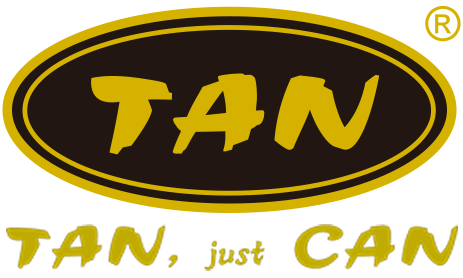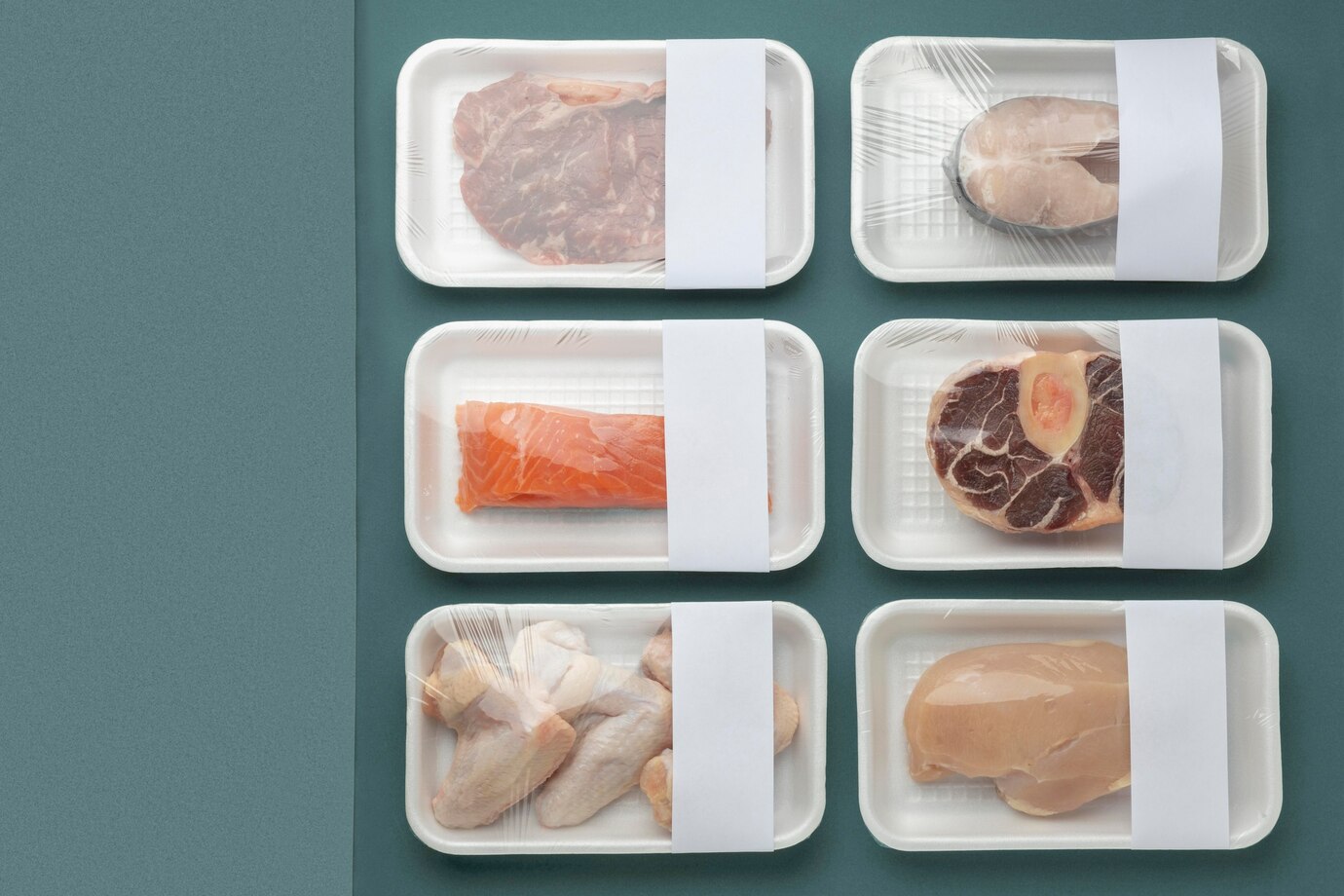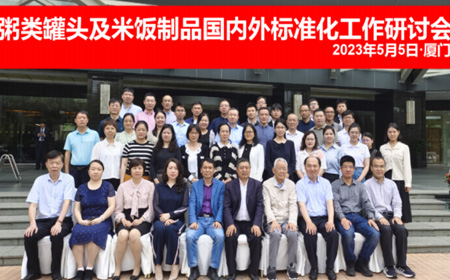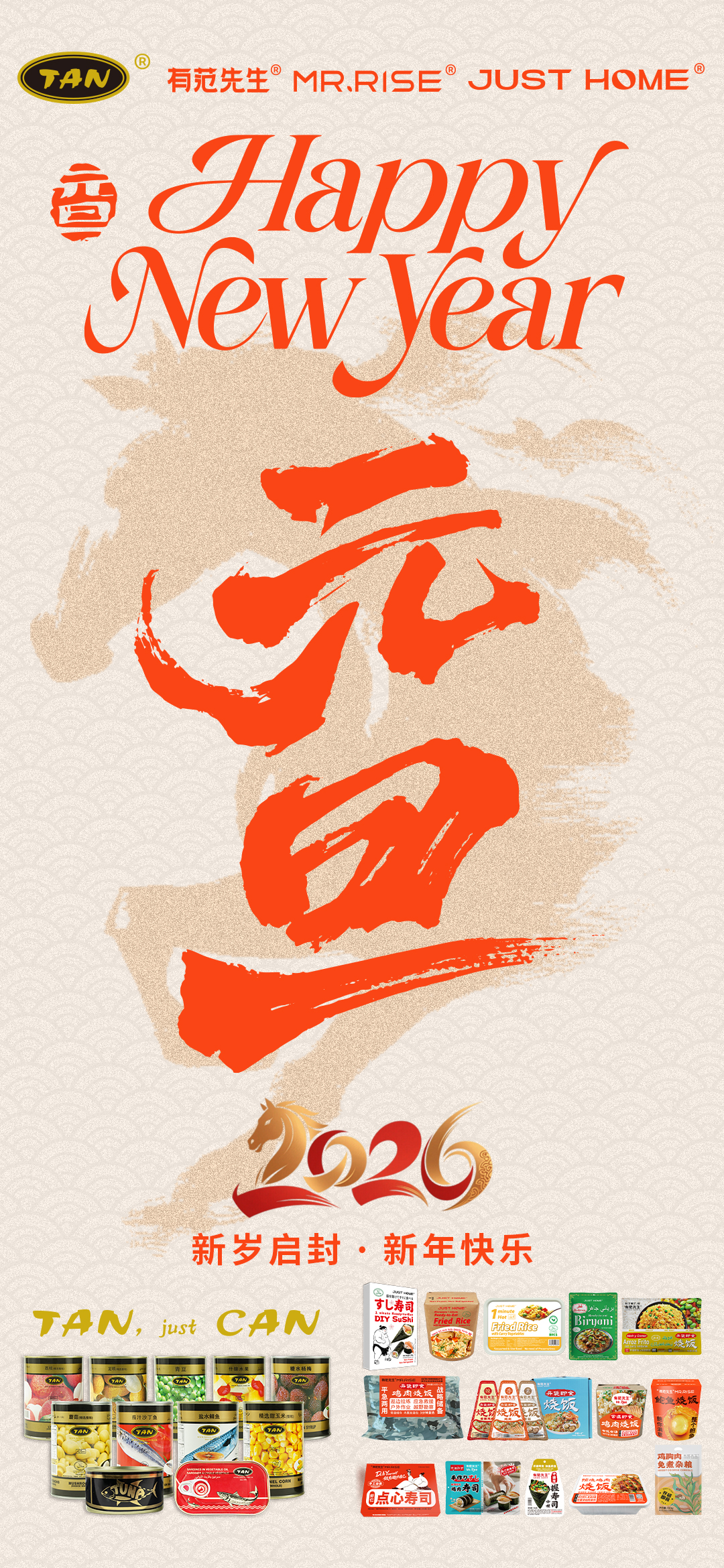1. Requirements for Establishing a Food Safety Management System (FSMS)
Food enterprises that package ready-to-eat (RTE) meats using modified atmosphere technology (such as the common vacuum packaging method) may need to establish a Food Safety Management System (FSMS) in accordance with the relevant provisions of the Codex Alimentarius Standards and those related to poultry meats.
2. Definition and Scope of Ready-to-Eat Meats
RTE meats specifically refer to those meat and poultry products that can be consumed directly without the need for additional heating or cooking operations. The types included are as follows:
- Fermented meats that have been cooked or uncooked.
- Various meat paste products.
- Dried meat products.
- Meats produced by the slow-curing process.
- Common luncheon meats.
- Cooked muscle meats such as ham, roast beef, etc.; and/or
- Other ready-to-eat meat products that are susceptible to the growth of pathogens or the production of toxins.
3. Food Safety Risks of Ready-to-Eat Meats - Listeria monocytogenes
Both within Australia and internationally, ready-to-eat meat products have experienced incidents of food poisoning caused by contamination with harmful bacteria.
Among them, Listeria monocytogenes is the most prominent pathogenic bacterium in ready-to-eat meat products. This is because this bacterium can grow and reproduce under refrigeration temperatures and in low-oxygen conditions, and it also has a certain degree of salt tolerance. When the temperature is in the range of 4°C to 5°C, its quantity doubles every day. Moreover, compared with an oxygen-rich environment, it prefers to grow under vacuum packaging conditions. For products with a relatively long shelf life (such as vacuum-packaged ready-to-eat meats), this bacterium may multiply in large numbers until it reaches a quantity sufficient to cause food poisoning.
It should be particularly noted that the diseases caused by Listeria monocytogenes have a relatively high mortality rate among vulnerable groups such as the elderly, pregnant women, young children, and those with weakened immune systems, so this situation is especially concerning.
4. Types of Food Enterprises Required to Establish a Food Safety Management System
The following types of food enterprises are usually those that may need to establish an FSMS:
- Enterprises that first receive RTE meats, then perform operations such as slicing, dicing, or shaving on these products, and subsequently package them using modified atmosphere packaging. Specific examples are as follows:
- Supermarkets and continental delicatessens will first purchase RTE meats or RTE poultry, then cut them into small pieces, and finally sell them directly to consumers in the form of vacuum packaging.
- Snack bars, cafes, or restaurants may produce or purchase ready-to-eat meats or poultry products on their own, then conduct vacuum packaging treatment to extend the product's shelf life, and then use them in the production of foods sold in the store (such as sandwiches). This may also include the situation where part of the food is vacuum packaged and sold to other food enterprises.
- Catering or cooking refrigeration facilities will first produce or purchase RTE meats or poultry, then cut them into small pieces and conduct vacuum packaging to supply customers at other locations, regardless of whether these locations belong to the same enterprise or are supplied according to contract agreements.
5. Methods for Controlling Listeria monocytogenes in Ready-to-Eat Meats
Enterprises can reduce the risks posed by Listeria monocytogenes through various means. If they can prove that the products they produce meet any of the following standard conditions in Standard 1.6.1 of the Food Standards Act, they do not need to establish an FSMS:
- Regardless of the level of water activity, the pH value of the product is lower than 4.4; or
- Regardless of the pH value of the product, its water activity is less than 0.92; or
- The pH value of the product is less than 5.0 and its water activity is less than 0.94; or
- The refrigerated shelf life of the product does not exceed 5 days; or
- The product is in a frozen state (including those foods that can be eaten frozen and those that need to be immediately thawed before eating); or
- It can be verified that within the labeled shelf life of the product, the quantity level of Listeria monocytogenes will not increase by more than 0.5 log cfu/g.
6. Relevant Contents of the Food Safety Management System
The Food Safety Management System is actually a systematic inspection mechanism for the processing operation procedures of enterprises. It can help enterprises identify potential hazard factors and prompt enterprises to implement corresponding control measures to solve these hazard problems.
For the FSMS of RTE meats, one of the extremely important components is Listeria management, which requires enterprises to regularly conduct tests for Listeria monocytogenes in the production environment and the products themselves.
The FSMS of an enterprise must be verified (i.e., audited) by SA Health (Department of Food and Controlled Substances) at a specific frequency, which varies between 3 and 12 months depending on the business performance of the enterprise. It should be noted that this verification and auditing is a supplement to the food safety inspections carried out by the local government.
Moreover, the enterprise needs to bear any audit costs that may arise on its own.
If an enterprise is not sure whether the products it produces can support the growth of Listeria monocytogenes, then by default, it is assumed that the products can support its growth, so the enterprise must implement an FSMS.
In addition, there are some countries and regions that do not accept third-party audits, such as South Australia does not accept HACCP certification audits.
7. Types of Food Enterprises That Do Not Need to Establish a Food Safety Management System
The following types of food enterprises do not need to establish a Food Safety Management System:
- Those food enterprises that only slice ready-to-eat meats and package them only for direct consumption (i.e., without using modified atmosphere packaging), or sell ready-to-eat meats in their original packaging.




采访刊发中国罐头⾏业-01.jpg)


